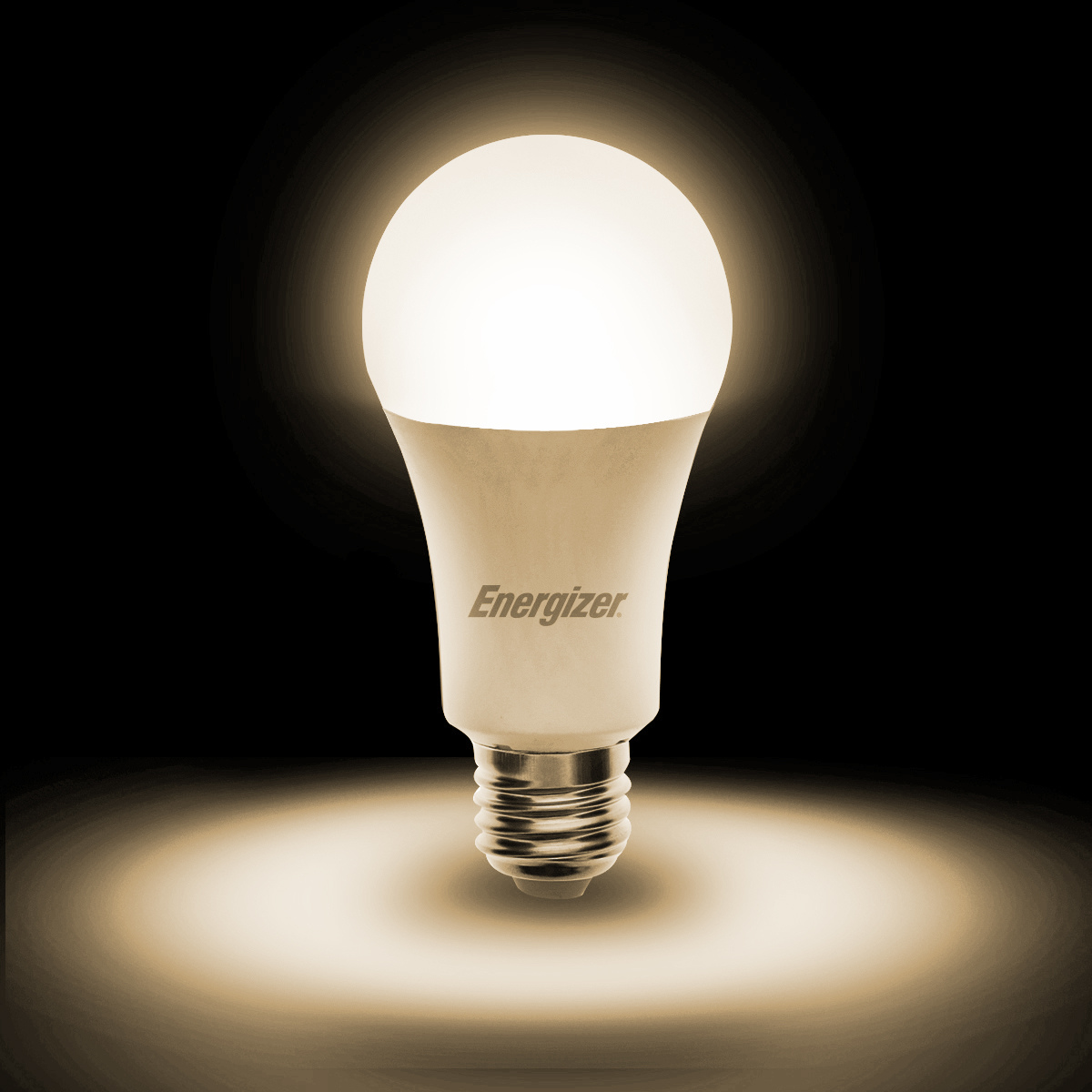

Articles
What Is The Brightest LED Bulb
Modified: January 22, 2024
Discover the importance of choosing the brightest LED bulb for your home. Read our informative articles to find the best options and maximize your lighting efficiency.
(Many of the links in this article redirect to a specific reviewed product. Your purchase of these products through affiliate links helps to generate commission for Storables.com, at no extra cost. Learn more)
Introduction
LED bulbs have become increasingly popular over the years due to their energy efficiency and long lifespan. When choosing an LED bulb, one important factor to consider is its brightness. The brightness of an LED bulb is measured in lumens, and finding the brightest LED bulb can ensure that you have adequate lighting for your space.
In this article, we will explore the concept of brightness in LED bulbs, factors that affect brightness, how to measure brightness using lumens, and tips for finding the brightest LED bulb. We will also discuss the benefits of using bright LED bulbs and considerations to keep in mind when selecting one. So, let’s delve into the world of LED bulbs and discover what makes them shine the brightest.
Key Takeaways:
- LED bulbs’ brightness is measured in lumens, not wattage. Factors like color temperature, LED chip quality, and heat dissipation impact brightness. Understanding these factors helps in choosing the right LED bulb for specific lighting needs.
- When selecting the brightest LED bulb, consider lumen output, color temperature, LED chip efficiency, and customer reviews. Prioritize energy efficiency and compatibility with fixtures to ensure optimal lighting performance.
Read more: What Light Bulb Is The Brightest
Understanding Brightness in LED Bulbs
When it comes to LED bulbs, brightness refers to the amount of light emitted by the bulb. It plays a crucial role in determining the illumination of a room or space. Understanding the factors that contribute to LED bulb brightness is essential when selecting the right bulb for your needs.
One factor that affects brightness is the wattage of the LED bulb. In traditional incandescent bulbs, wattage was a good indicator of brightness. However, LED bulbs use significantly less energy compared to their incandescent counterparts. As a result, wattage is not the best metric for measuring brightness in LED bulbs.
Instead, the brightness of an LED bulb is measured in lumens. Lumens represent the total amount of light emitted by the bulb. The higher the lumens, the brighter the bulb will appear. For example, a standard 60-watt incandescent bulb produces around 800 lumens, while an equivalent LED bulb may generate the same amount of brightness using just 10-12 watts.
It is important to note that the perception of brightness can also be influenced by the color temperature of the LED bulb. Color temperature is measured in Kelvin (K) and indicates the appearance of light emitted by the bulb. Bright white or cool white bulbs tend to have a higher color temperature, giving the impression of increased brightness. On the other hand, warm white bulbs have a lower color temperature, providing a softer and more relaxed ambiance.
Additionally, the design and construction of the LED bulb can impact its brightness. Factors such as the arrangement and number of LED chips, the quality of the reflector, and the efficiency of the heat sink can all contribute to the overall brightness of the bulb.
By understanding these factors, you can make an informed decision when choosing an LED bulb that meets your brightness requirements. In the next section, we will explore how to measure brightness using lumens and how to decipher the brightness levels of LED bulbs.
Factors Affecting LED Bulb Brightness
Several factors can impact the brightness of an LED bulb. Understanding these factors is crucial to ensure that you choose an LED bulb that meets your desired level of brightness.
1. Wattage: While wattage does not directly indicate brightness in LED bulbs, it plays a role in determining the amount of energy consumed. LED bulbs are designed to be more energy-efficient, so a lower wattage LED bulb can produce the same or even higher brightness than a higher wattage incandescent bulb.
2. Lumens: Lumens are the standard unit of measurement for brightness in LED bulbs. The higher the number of lumens, the brighter the bulb will be. For reference, a traditional 60-watt incandescent bulb typically emits around 800 lumens. It’s important to consider the desired level of brightness and choose an LED bulb with a suitable lumen rating.
3. Color Temperature: The color temperature of an LED bulb can also affect perceived brightness. Color temperature is measured in Kelvin (K) and refers to the color appearance of the light emitted by the bulb. Bulbs with higher color temperatures (e.g., 5000K or above) tend to produce a brighter and whiter light, while lower color temperatures (e.g., 2700K) create a softer, warmer light.
4. Quality of LED Chips: The quality and efficiency of the LED chips used in the bulb can impact its brightness. Higher-quality chips and those with higher efficacy can produce more light output, resulting in a brighter bulb.
5. Optical Design: The design of the LED bulb, including the arrangement of LED chips and the quality of the reflector, can affect the distribution and concentration of light. Well-designed bulbs optimize light output and ensure uniform brightness throughout the space.
6. Heat Dissipation: Heat can affect the performance and lifespan of LED bulbs. Bulbs with efficient heat sinks and thermal management systems can dissipate heat effectively, which helps maintain optimal brightness levels over time.
By considering these factors, you can choose an LED bulb that provides the desired level of brightness for your specific needs. In the next section, we will explore how lumens are used to measure brightness in LED bulbs.
Lumens: The Measure of Brightness
When it comes to measuring the brightness of LED bulbs, lumens are the standard unit of measurement. Lumens refer to the total amount of visible light emitted by a bulb. Understanding lumens and how they are used can help you choose the right LED bulb for your lighting needs.
Unlike traditional incandescent bulbs, where brightness was determined by wattage, LED bulbs provide the same or even higher levels of brightness while using significantly less energy. This shift in measuring brightness has made lumens the go-to metric for LED bulbs.
The higher the number of lumens, the brighter the bulb will be. For example, a standard 60-watt incandescent bulb produces around 800 lumens. To achieve a similar level of brightness, an LED bulb may only require 10-12 watts. This drastic reduction in energy consumption is one of the key advantages of LED technology.
When selecting an LED bulb, it’s important to consider the desired level of brightness for the intended space. For instance, a bedroom may require softer and more subdued lighting, while a kitchen or workspace may need brighter and more intense illumination.
Here’s a general guide for understanding the brightness levels based on lumens:
- Less than 450 lumens: Suitable for accent lighting and areas where a soft, subtle glow is desired.
- 450-800 lumens: Ideal for general lighting in small to medium-sized rooms.
- 800-1100 lumens: Provides ample brightness for larger rooms or spaces that require more illumination, such as living rooms or offices.
- 1100 lumens and above: Offers high brightness suitable for areas that require intense illumination, such as task lighting or commercial spaces.
Keep in mind that personal preference and the specific lighting needs of a given space should also be considered when determining the appropriate brightness level.
In addition to selecting the right lumen output, pay attention to the color temperature of the LED bulb. Color temperature is measured in Kelvin (K) and refers to the appearance of light emitted by the bulb. Warmer color temperatures (around 2700-3000K) create a cozy, relaxed ambiance, while cooler color temperatures (5000K and above) produce a brighter, more energetic light.
By understanding how lumens are used to measure brightness and considering the appropriate color temperature, you can make informed decisions when selecting LED bulbs that provide the desired level of brightness for your lighting needs.
Finding the Brightest LED Bulb
When it comes to finding the brightest LED bulb, there are a few key factors to consider. By understanding these factors, you can ensure that you select an LED bulb that provides the maximum brightness for your lighting needs.
1. Look for High Lumen Output: The first step in finding the brightest LED bulb is to check its lumen output. The higher the number of lumens, the brighter the bulb will be. Many manufacturers specify the lumen output on the packaging or in the product description. Aim for bulbs with higher lumen ratings for optimal brightness.
2. Consider Color Temperature: While color temperature doesn’t directly affect the lumen output, it does impact the perceived brightness. Bulbs with higher color temperatures, such as cool white or daylight bulbs, tend to appear brighter than those with lower color temperatures, such as warm white bulbs. Keep this in mind when choosing the brightest LED bulb for your space.
3. Check for Efficient LED Chips: The quality and efficiency of the LED chips used in the bulb can affect its brightness. Look for bulbs that use high-quality LED chips with high efficiency ratings. These chips will generate more light output, resulting in a brighter bulb.
4. Consider Bulb Design and Optics: The design and optical components of the LED bulb can also impact its brightness. Bulbs with well-designed reflectors and optics can distribute light more effectively, ensuring a brighter and more uniform illumination. Look for bulbs that have optimized designs for maximum brightness.
5. Review Customer Reviews and Ratings: To get an idea of the actual brightness of the LED bulb, take a look at customer reviews and ratings. These reviews can provide valuable insights into the real-world performance of the bulb and help you determine if it meets your brightness expectations.
6. Consider Energy Efficiency: Brightness is important, but it’s also essential to consider energy efficiency. LED bulbs already offer significant energy savings compared to traditional incandescent bulbs. Look for bulbs that provide high brightness while still maintaining energy efficiency to ensure you are getting the best of both worlds.
Remember, the brightest LED bulb is subjective and depends on your specific lighting needs. A bulb that is suitable for one space may not be ideal for another. Consider the size of the room, the purpose of the lighting, and your personal preferences when determining the brightness level that works best for you.
By considering these factors and doing some research, you can find the brightest LED bulb that meets your requirements for brightness, energy efficiency, and overall lighting performance.
When looking for the brightest LED bulb, consider the lumens rating. The higher the lumens, the brighter the bulb. Look for bulbs with a high lumen output for the brightest illumination.
Read also: 14 Amazing Brightest LED Bulb for 2024
Comparing Brightness Levels of LED Bulbs
When comparing the brightness levels of LED bulbs, it’s important to consider the lumen output, color temperature, and other factors that contribute to the perceived brightness. By understanding these factors, you can make an informed decision and choose the LED bulbs that best meet your lighting needs.
1. Lumen Output: The lumen output is a key factor in comparing the brightness of LED bulbs. It represents the total amount of visible light emitted by the bulb. The higher the lumen output, the brighter the bulb will appear. Consider the lumen ratings of different bulbs to determine the level of brightness you desire.
2. Color Temperature: Color temperature plays a significant role in how we perceive brightness. Bulbs with higher color temperatures, such as cool white or daylight bulbs, tend to appear brighter compared to those with lower color temperatures, such as warm white bulbs. Evaluate the color temperature options and choose the one that suits your preference for brightness and ambiance.
3. Wattage Equivalent: While wattage is not an accurate measure of brightness in LED bulbs, it can serve as a reference point when comparing different options. LED bulbs typically have a wattage equivalent listed on the packaging or the product description. For instance, a 100-watt incandescent bulb equivalent LED bulb may provide the same amount of brightness using significantly fewer watts.
4. Customer Reviews and Ratings: Reading customer reviews and ratings can provide valuable insights into the brightness performance of LED bulbs. Look for feedback from customers who have used the bulbs in similar lighting applications. Their experiences can help you gauge the actual brightness levels and make an informed decision.
5. Adjustable Brightness Options: Some LED bulbs come with adjustable brightness settings, allowing you to customize the level of brightness according to your preference and lighting needs. These bulbs offer flexibility and the ability to fine-tune the brightness to create the desired ambiance.
6. Energy Efficiency: Consider the energy efficiency of the LED bulbs while comparing their brightness levels. LED bulbs are known for their energy-saving capabilities, so choose bulbs that provide high brightness while still being energy efficient. This allows you to have bright lighting without consuming excessive electricity.
Remember, the perceived brightness can also be influenced by other factors such as the room size, the distance between the light source and the objects being illuminated, and the presence of other light sources in the room. Taking these factors into account will help you make a more accurate comparison of the brightness levels of LED bulbs.
By considering the lumen output, color temperature, wattage equivalent, customer reviews, adjustable brightness options, and energy efficiency, you can effectively compare the brightness levels of LED bulbs and choose the ones that provide the optimal lighting solution for your space.
Benefits of Using Bright LED Bulbs
Using bright LED bulbs offers a multitude of benefits, ranging from enhanced visibility to energy efficiency. Whether you’re looking to illuminate a room or create a productive workspace, here are some advantages of using bright LED bulbs:
1. Improved Visibility: Bright LED bulbs provide excellent visibility, making them ideal for tasks that require precision and attention to detail. Whether it’s reading, cooking, or working on intricate projects, brighter lighting ensures that you can see clearly and perform tasks more effectively.
2. Energy Efficiency: LED bulbs are renowned for their energy efficiency. Compared to traditional incandescent bulbs, LED bulbs consume significantly less energy while producing the same or even higher levels of brightness. By using bright LED bulbs, you can enjoy well-lit spaces without worrying about excessive energy consumption and high utility bills.
3. Long Lifespan: LED bulbs have a longer lifespan compared to traditional bulbs. They can last up to 25 times longer, reducing the frequency of bulb replacements and saving you money in the long run. This longevity also reduces waste and contributes to a more sustainable lifestyle.
4. Instantaneous Illumination: Unlike other types of bulbs that require time to warm up and reach full brightness, LED bulbs provide instant illumination. With bright LED bulbs, you can enjoy immediate brightness as soon as you turn them on, eliminating any waiting time or delays.
5. Flexible Dimming Options: Many bright LED bulbs come with dimming capabilities, allowing you to adjust the brightness to match your needs and create the desired ambiance. Whether you want bright lighting for a productive environment or a more relaxed atmosphere, LED bulbs can be easily dimmed to achieve the desired effect.
6. Eco-Friendly Lighting: LED bulbs are considered environmentally friendly lighting options. They do not contain harmful substances such as mercury, which is commonly found in compact fluorescent bulbs. LED bulbs also emit less heat, reducing the strain on cooling systems and minimizing energy waste.
7. Wide Range of Options: Bright LED bulbs are available in various shapes, sizes, and color temperatures, allowing you to find the perfect fit for any application. You can choose from cool white bulbs for a bright, energizing effect, or warm white bulbs for a cozy, inviting ambiance.
8. Durability: LED bulbs are highly durable and resistant to shocks, vibrations, and temperature fluctuations. This makes them perfect for outdoor lighting, where they can withstand harsh weather conditions without compromising on brightness or performance.
By using bright LED bulbs, you can enjoy the benefits of improved visibility, energy efficiency, long lifespan, instantaneous illumination, flexible dimming options, eco-friendliness, wide range of options, and durability. These advantages make bright LED bulbs an excellent choice for various lighting needs, both indoors and outdoors.
Considerations for Choosing the Brightest LED Bulb
When selecting the brightest LED bulb for your lighting needs, there are several important considerations to keep in mind. By weighing these factors, you can ensure that you choose the right bulb that meets your requirements for brightness, energy efficiency, and overall lighting performance.
1. Determine the Desired Brightness Level: Consider the specific space or area where the LED bulb will be used and determine the desired level of brightness. Different rooms may have varying lighting needs. For example, a workspace may require brighter lighting for tasks while a bedroom may benefit from softer, more ambient lighting. Understanding your brightness preferences will help you narrow down your options.
2. Check Lumen Output: The lumen output represents the brightness level of the LED bulb. Look for bulbs with higher lumen ratings if you are seeking the brightest option. Consider the recommended lumen range for the intended space to ensure you choose a bulb that provides adequate illumination.
3. Consider Color Temperature: Color temperature refers to the appearance of light emitted by the bulb, ranging from warm white (2700K) to cool white or daylight (5000K and above). The color temperature can impact the perceived brightness and ambiance of the space. Choose a color temperature that aligns with your preferences and the desired mood of the room.
4. Review Energy Efficiency: LED bulbs are known for their energy-saving capabilities. Check the energy efficiency rating or look for bulbs with the ENERGY STAR logo to ensure that your chosen bulb not only provides brightness but also helps reduce energy consumption and lower electricity costs in the long run.
5. Consider Dimming Options: If you prefer flexibility in lighting levels, consider LED bulbs that offer dimming capabilities. Dimmable bulbs allow you to customize the brightness according to your needs and create the desired ambiance. Ensure that the dimmable LED bulb is compatible with your existing dimmer switch or consider purchasing a compatible dimmer if necessary.
6. Evaluate Lifespan and Warranty: LED bulbs typically have a longer lifespan compared to traditional bulbs. Consider the estimated lifespan of the bulb and check if the manufacturer offers a warranty. A longer lifespan and a warranty provide peace of mind and ensure that the bulb will last for an extended period.
7. Read Customer Reviews: Customer reviews can provide valuable insights into the actual performance of the LED bulb in terms of brightness, durability, and overall satisfaction. Take the time to read reviews to get a better understanding of the chosen bulb’s performance in real-life situations.
8. Consider Compatibility with Fixtures: LED bulbs come in various shapes and sizes, so check if the chosen bulb is compatible with the fixture or socket you will be using. Ensure the bulb fits properly and does not interfere with the aesthetics or functionality of the lighting fixture.
By considering these factors, you can make an informed decision when choosing the brightest LED bulb for your lighting needs. Remember to prioritize not only brightness but also energy efficiency, color temperature, dimming options, lifespan, warranty, and compatibility with fixtures. Selecting the right LED bulb will ensure optimal lighting performance and enhance the overall atmosphere of your space.
Conclusion
Choosing the brightest LED bulb requires considering various factors, such as lumen output, color temperature, energy efficiency, dimming options, and compatibility with fixtures. By understanding these considerations and weighing your specific lighting needs, you can find the perfect LED bulb that provides the desired level of brightness and enhances your space’s illumination.
Bright LED bulbs offer numerous benefits, including improved visibility, energy efficiency, long lifespan, instantaneous illumination, and flexibility in dimming options. They are also eco-friendly, durable, and available in a wide range of options to suit different preferences and lighting applications.
When comparing and selecting LED bulbs, it’s crucial to look beyond wattage and evaluate lumen output, color temperature, and customer reviews to get a better understanding of the bulb’s actual brightness and performance. Additionally, considering energy efficiency, lifespan, and compatibility with fixtures will help you make a more informed and sustainable choice.
Whether you need brighter lighting for a workspace, a well-lit ambiance for a living room, or a warm and cozy glow for a bedroom, finding the brightest LED bulb can greatly enhance the overall atmosphere and functionality of your space.
Embrace the benefits of LED technology by choosing bright LED bulbs that provide optimal illumination while being energy efficient and long-lasting. Enjoy the improved visibility, cost savings, and environmental sustainability that come with using the brightest LED bulbs available in the market.
Ultimately, by considering your specific lighting requirements and exploring the various options available, you can find the brightest LED bulbs that meet your needs and create a well-lit, comfortable, and inviting environment in any space.
Frequently Asked Questions about What Is The Brightest LED Bulb
Was this page helpful?
At Storables.com, we guarantee accurate and reliable information. Our content, validated by Expert Board Contributors, is crafted following stringent Editorial Policies. We're committed to providing you with well-researched, expert-backed insights for all your informational needs.
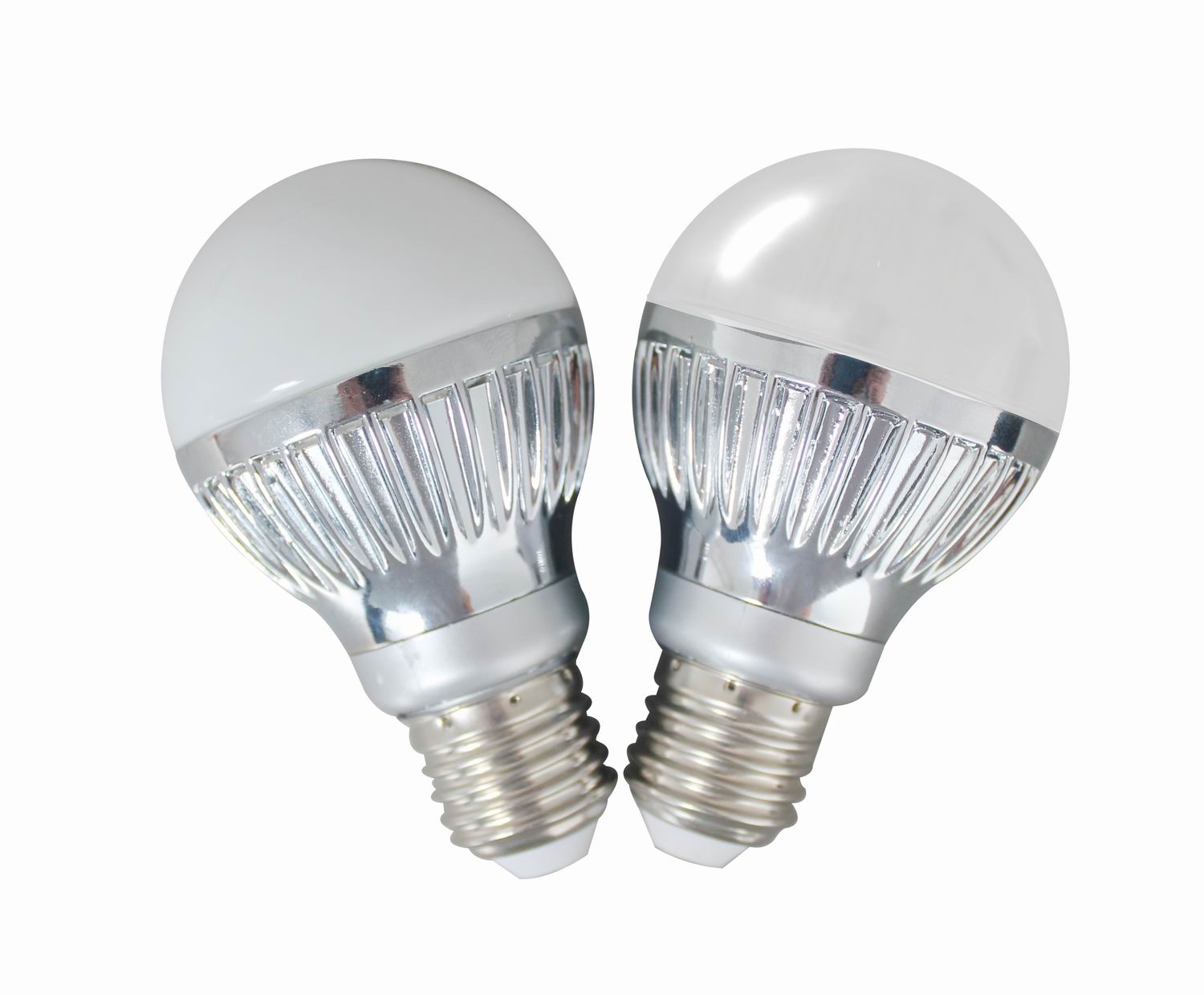

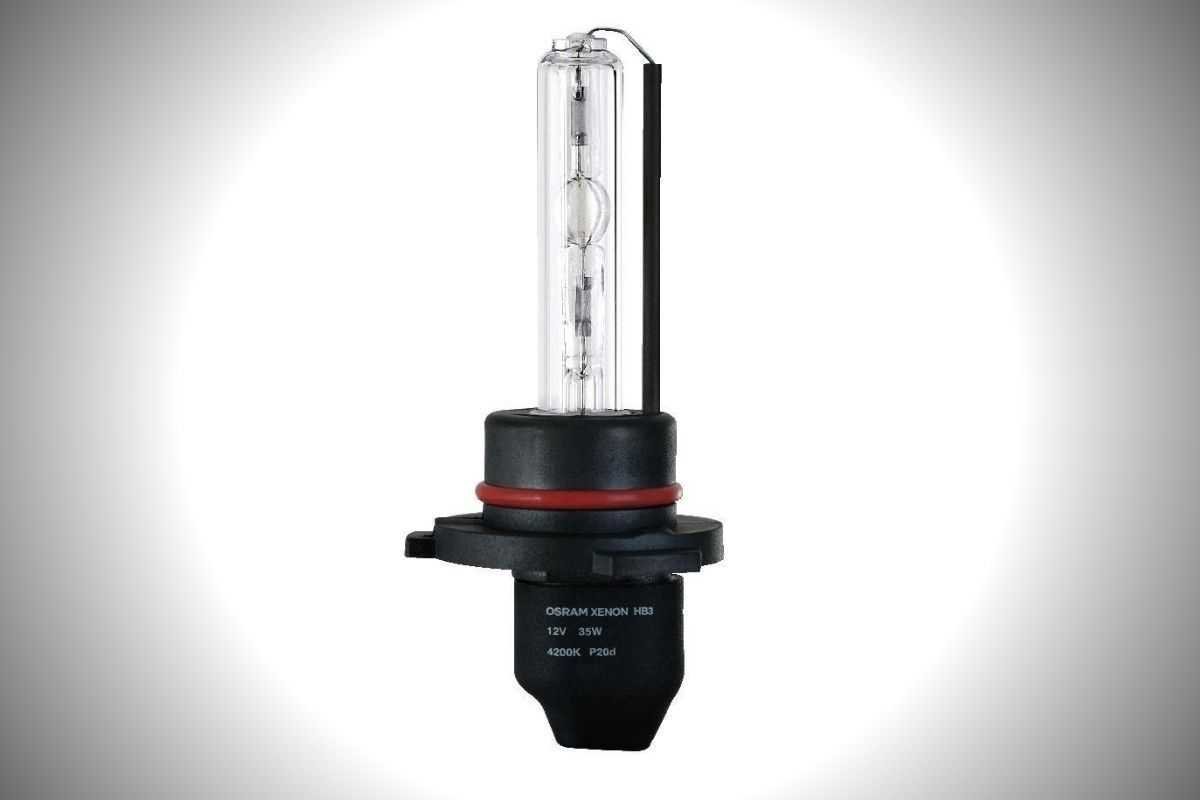
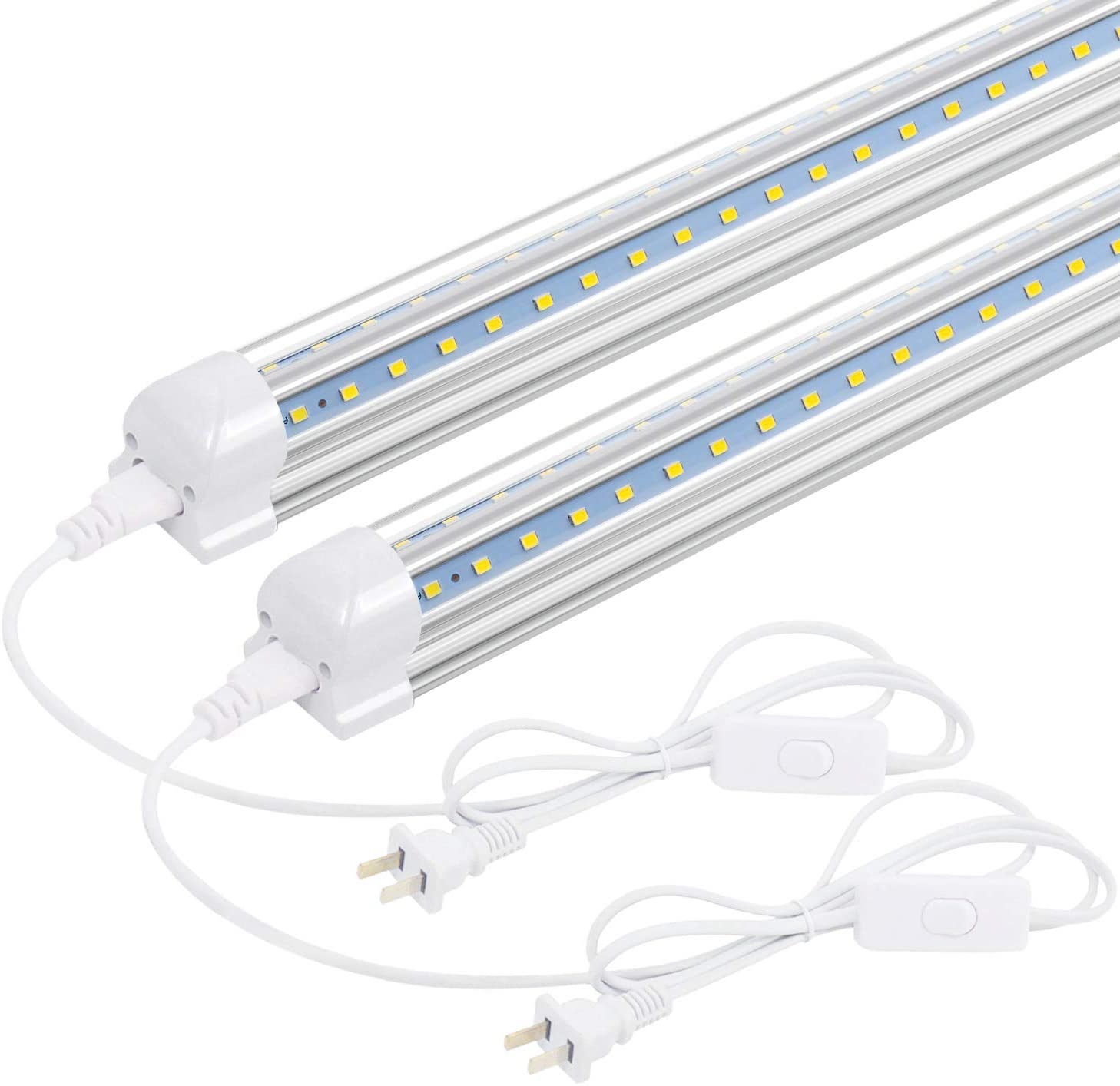
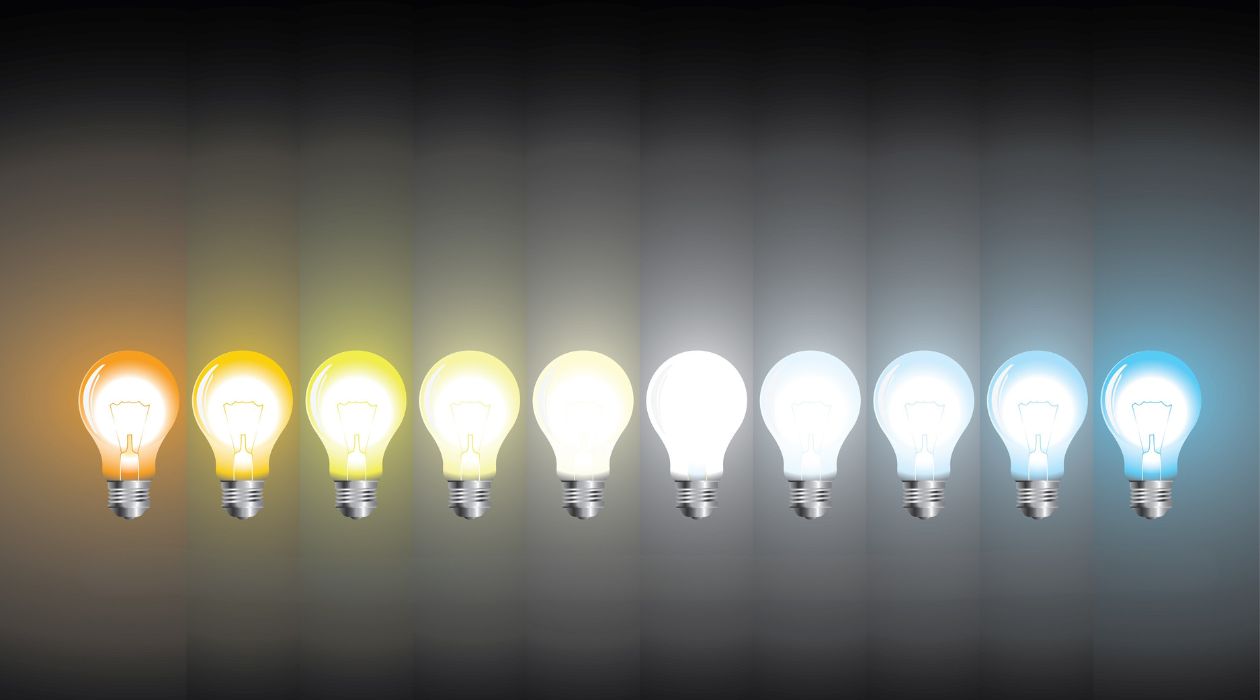
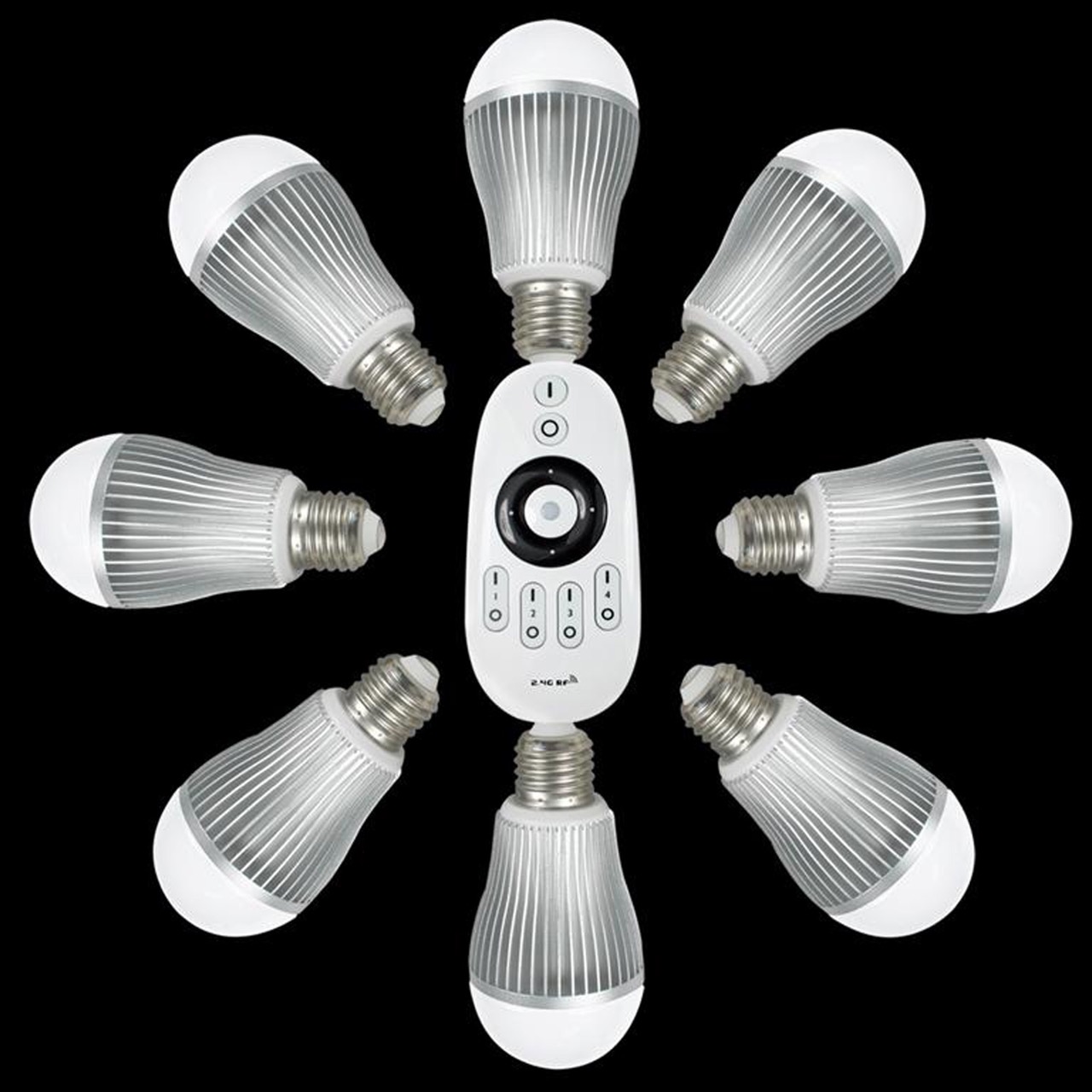
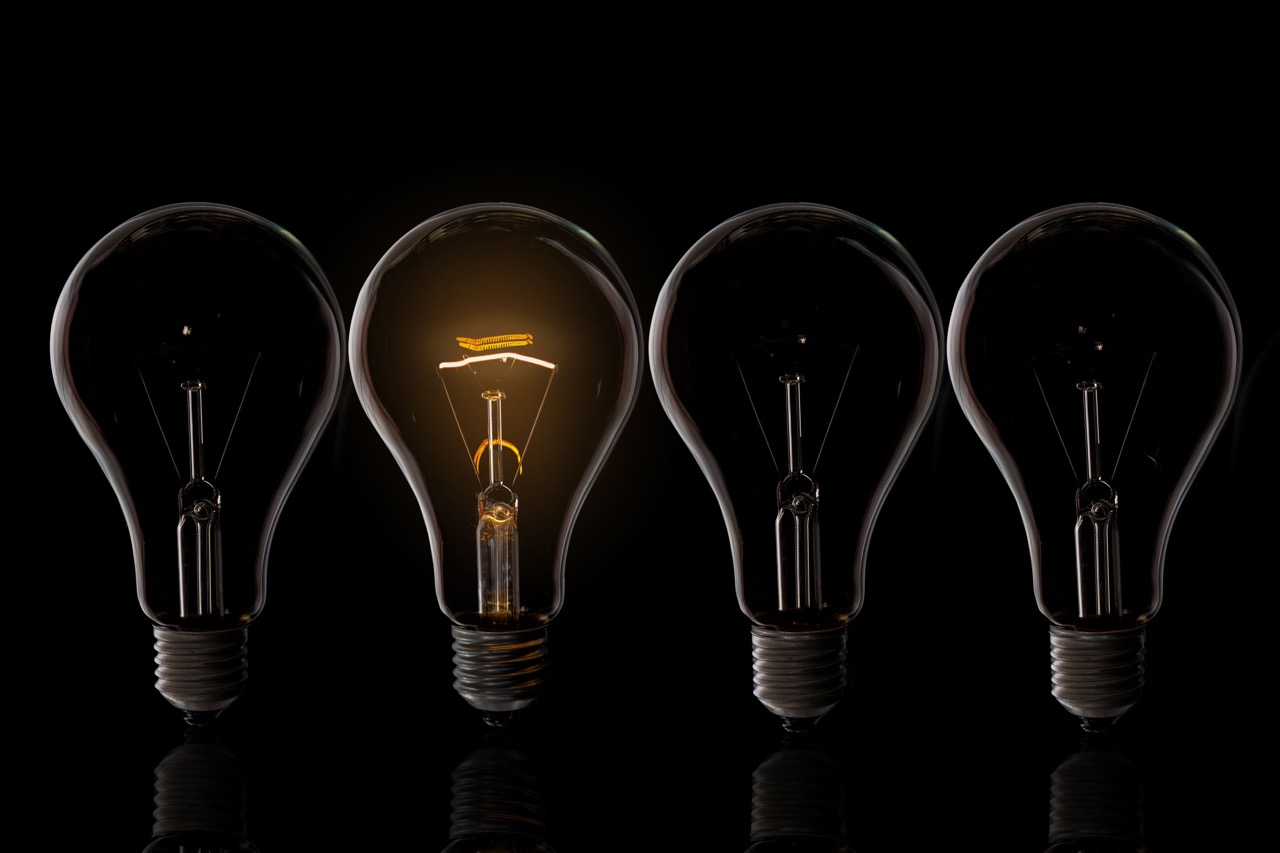
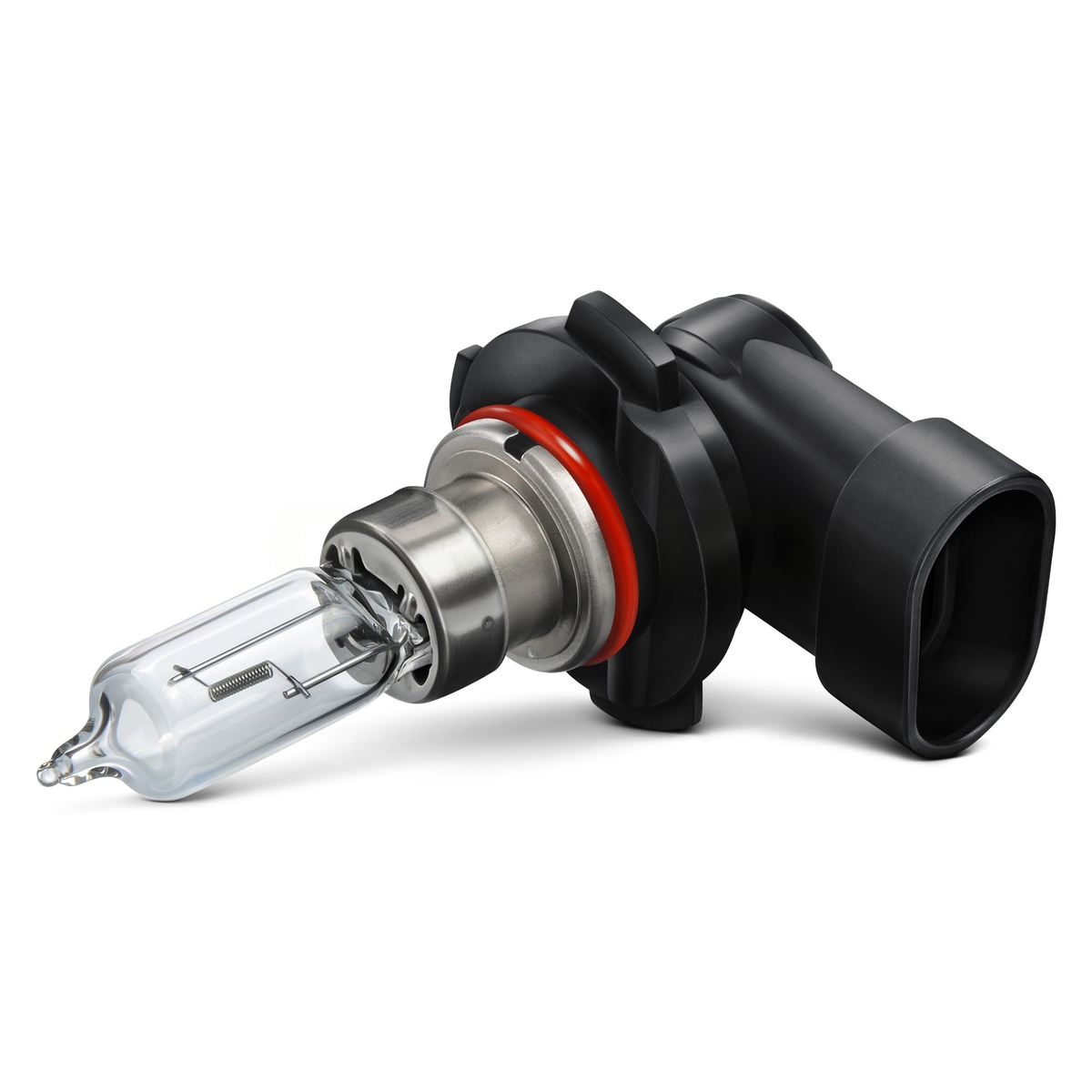
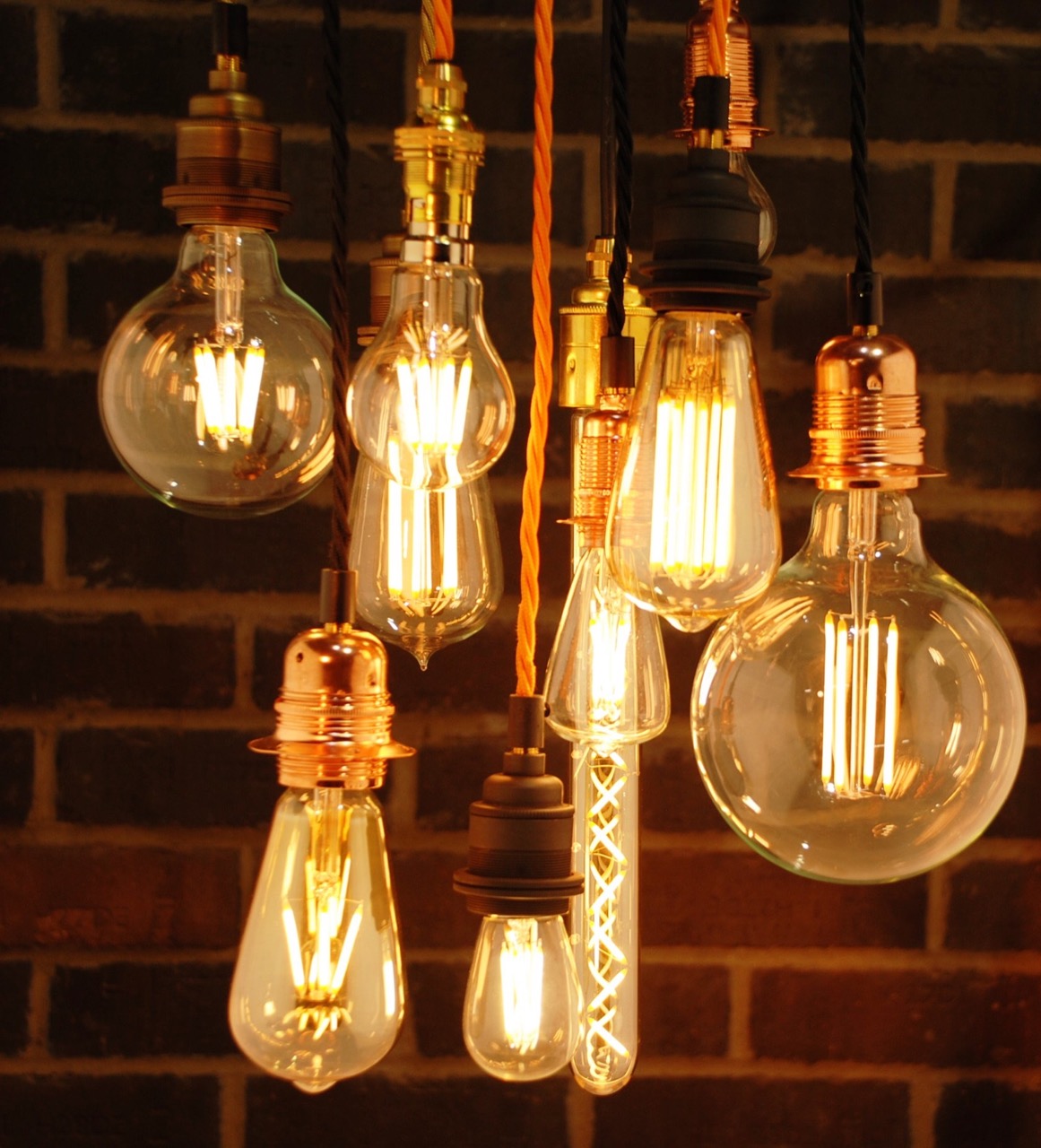
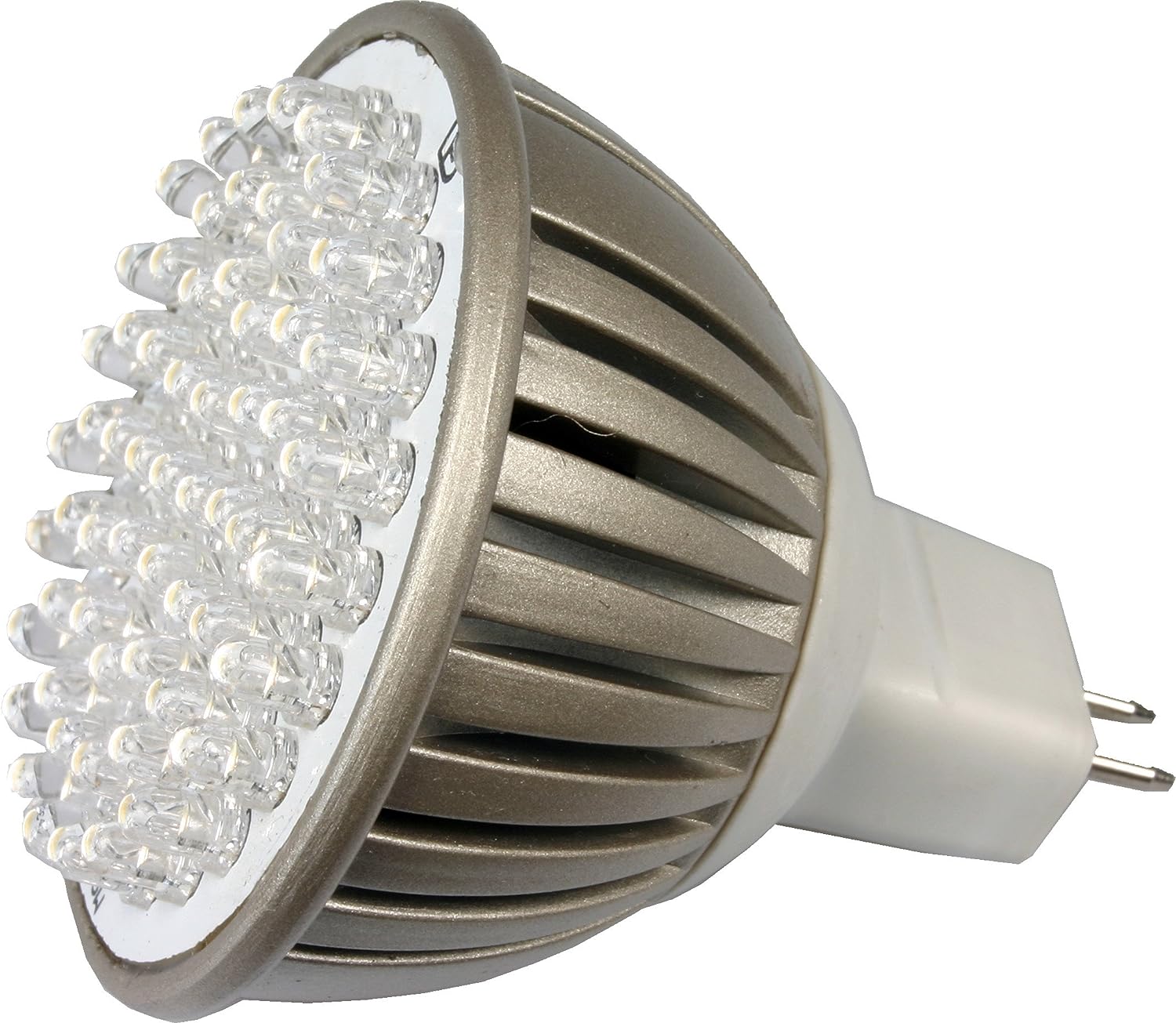

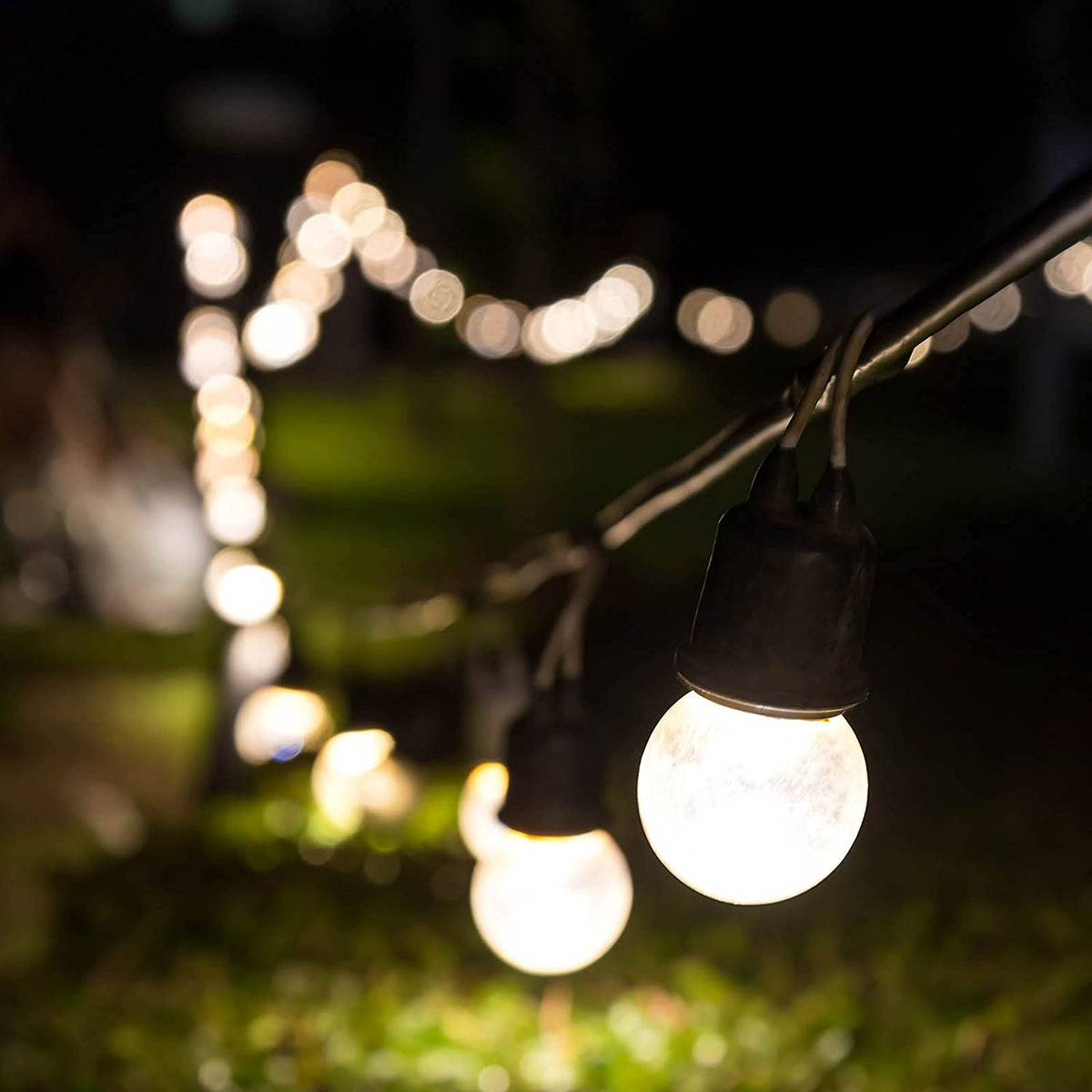
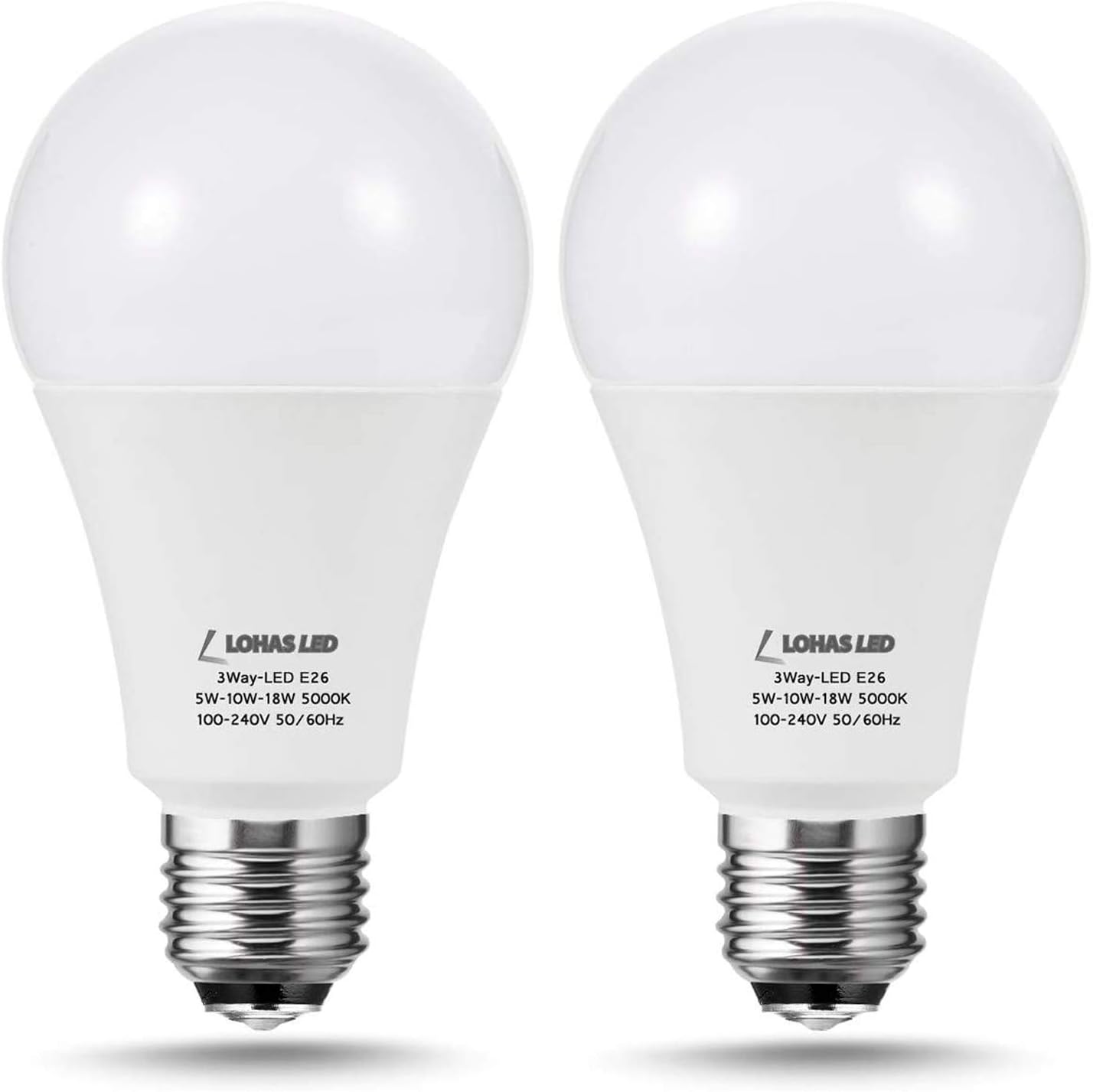
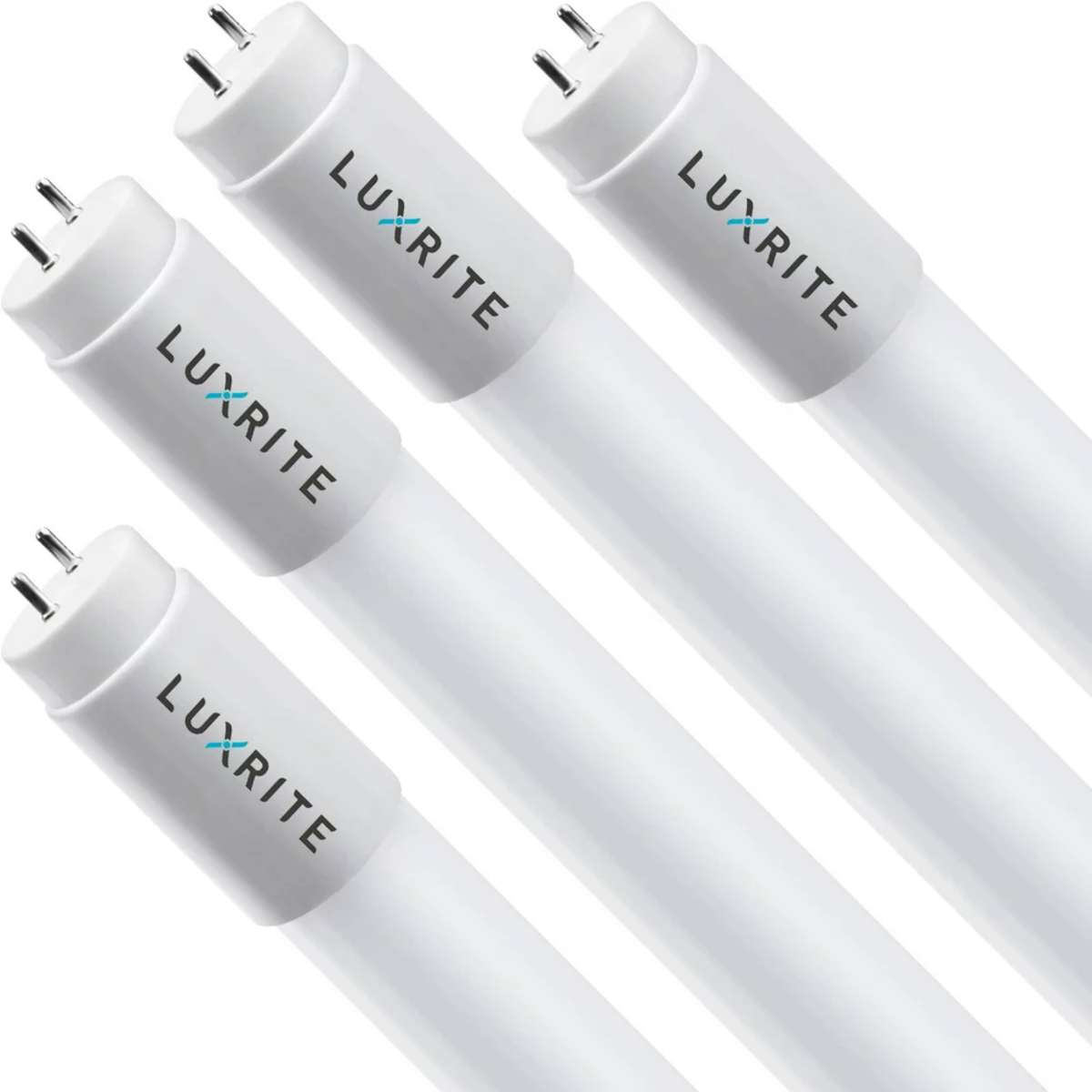

0 thoughts on “What Is The Brightest LED Bulb”